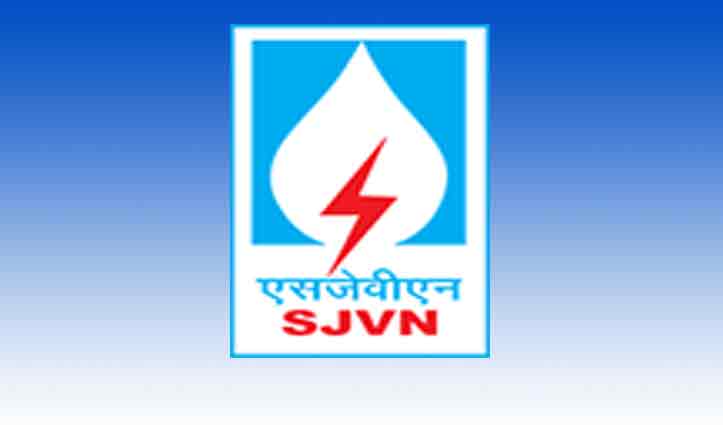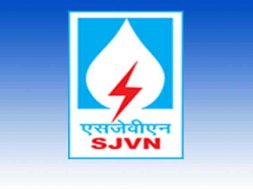
In three years, the state-owned SJVN expects to add more than 10,000 megawatts (MW) of renewable energy capacity, according to its chairman and managing director, N L Sharma, who recently spoke at the Q1 FY24 results conference call. “Total installed capacity that we will increase over the course of the next three years, projects that are visible, for which we have already been awarded the contract, and on which work is either already underway or will soon begin. As a result, Sharma predicted that after three years, our installed capacity would surpass 10,000 MW.
He stated that they intend to increase capacity by 1,500 MW during the upcoming year, 5,200 MW within the following year, and 3,300 MW within the following year. According to Sharma, the company currently has an installed capacity of around 2,100 MW, made up of two hydro projects, two wind projects, and four additional solar projects. In addition, 16 projects with a combined 4,500 MW capacity are currently under construction.
SJVN has a portfolio with a total capacity of 55,000 MW. “Our goal of 25 GW by 2030 is legitimate and clear. We will undoubtedly meet that goal, he continued. According to the management, 54 projects will be commissioned over the course of the following three years, with 10 projects starting in the first year, 19 projects in the second year, and 25 projects starting in the third.
Sharma estimated that the company’s revenue potential in three years would be between Rs 14,000 and Rs 15,000 crore, which is equivalent to between Rs 2,500 and Rs 3,000 crore at the moment. “Our current businesses generate between Rs 2,500 and Rs 3,000 crore in revenue. We will add 1,500 MW of capacity in the upcoming year, and the associated revenue is expected to be Rs 1,800 crore, Sharma continued.
The current revenue is Rs 2,500 crore, and after adding around 1,500 MW of capacity, the revenue would be Rs 2,800 crores. As of August 17, 2023, the company’s total debt was roughly Rs 15,000 crore. And according to Sharma, the entire debt will be Rs 28,000 crore at the conclusion of the following three years.













